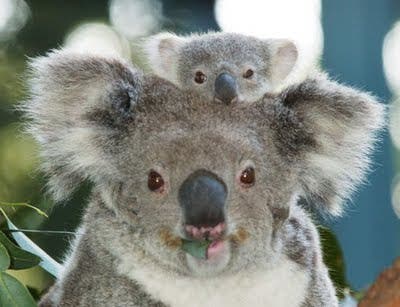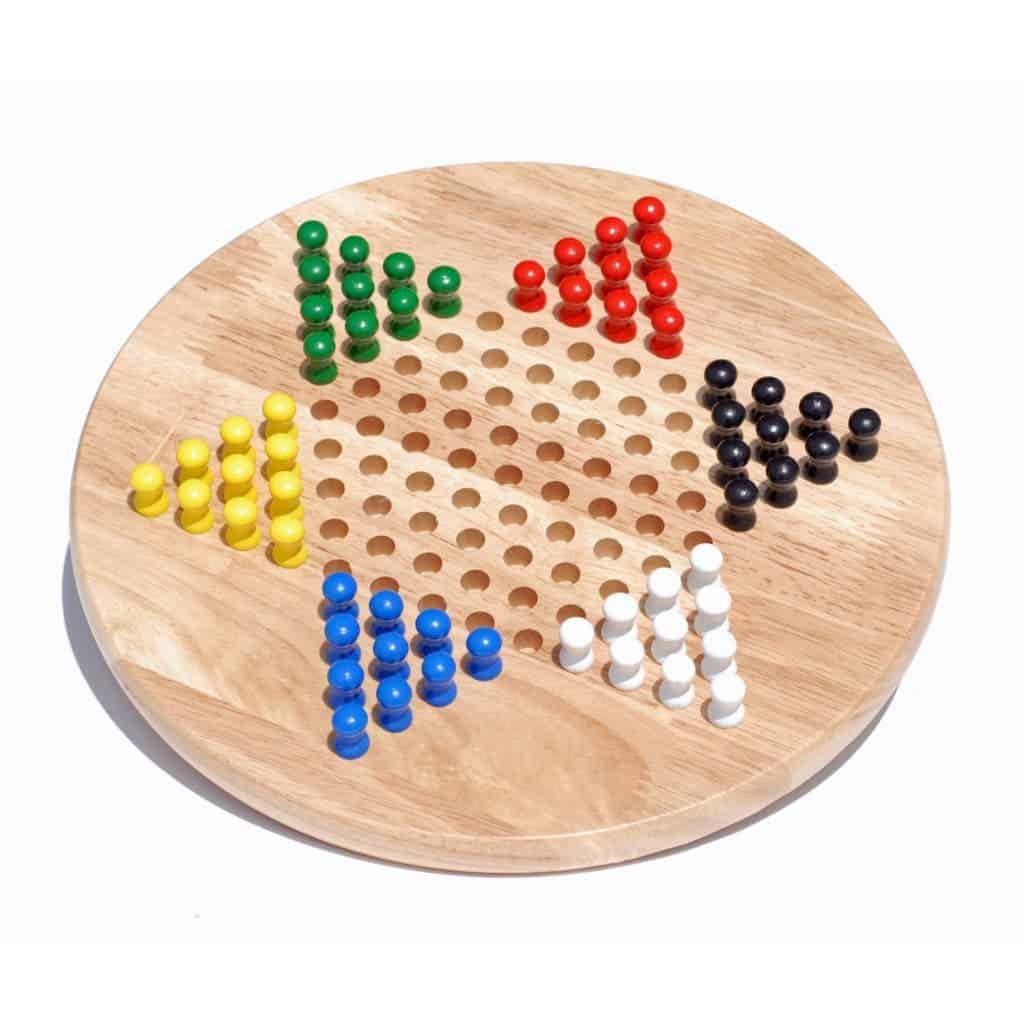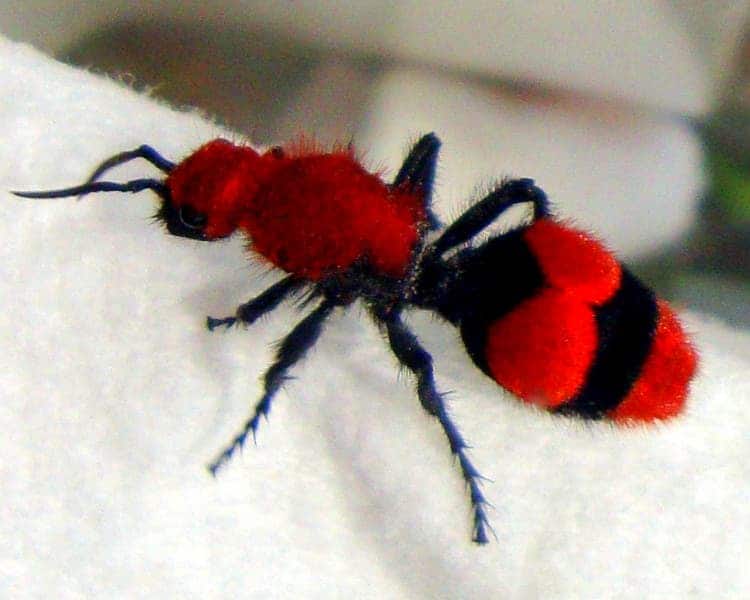A misnomer is a word or term used to suggest a meaning that is not really true – misnomer doesn’t mean “misunderstanding” or “popular misconception”, as it is often implied on the internet. Most of the times, misnomers just cause some confusion and a wrong perception and sometimes those ideas get burned into the popular opinion, so it can be quite a big deal. So, here are just some of the most awesome misnomers.
- Peanuts are not actually nuts – they are legumes, part of the same family as beans and peas. The coconut is also not a real nut – but the fruit of a palm tree.
- The Koala bear is not a bear. OK, the hints were there – bears tend to be big, muscular and quite dangerous, while the koala… looks like this. The koala is actually a herbivorous marsupial, more related to kangaroos than bears.

- The “lead” in pencils is actually not lead – it’s a mixture of graphite and clay. Graphite was initially thought to be lead ore, but of course, now we know that this is not the case.
- French horns originated in Germany, not France. Early metal horns were less complex than modern horns, consisting of brass tubes with a slightly flared opening (the bell) wound around a few times.

- Tin foil is not actually tin – it’s aluminum. Tin cans do have some tin, but contain more steel than tin.
- Chinese checkers didn’t originate in China, nor in any part of Asia. It actually originated in Germany. The name “Chinese Checkers” originated in the United States as a marketing scheme by Bill and Jack Pressman in 1928.

- The horned toad is actually a lizard, not a toad. Still, only some call it the horned toad, the other generally accepted name is the Texas road lizard.
- The Velvet ant is actually a wisp. Black and white specimens are sometimes known as panda ants due to their hair coloration resembling that of the Chinese giant panda.

- If you thought the French horn was strange, you’ll love this one: the English horn is neither English, nor a horn. The term cor anglais is French for English horn, but the instrument originated in Silesia (today’s Poland) and is more an oboe than a horn.
- The Norway Rat (Rattus norvegicus) did not originate in Norway, but in North China.
- Strawberries are not real berries. In fact, neither are bayberries, raspberries, and blackberries.
- Arabic numerals (you know, 1, 2, 3…) weren’t developed by the Arabians, but by the Indians. Europeans weren’t really good at telling the difference at the time.
- The funny bone is not a bone – the phrase refers to the ulnar nerve, as we detailed previously on this post.
- Head cheese is not cheese, but meat.
- Telephone numbers are dialed, but we don’t have dial phones any more.

- Dry cleaning is not dry – it doesn’t involve water, but it includes a lot of liquid solvents.
So, there are just the ones I thought about – do you know any other misnomers that are not on this list? Write us a message and we’ll add them! In the meantime, feel free to use this to impress your friends.






